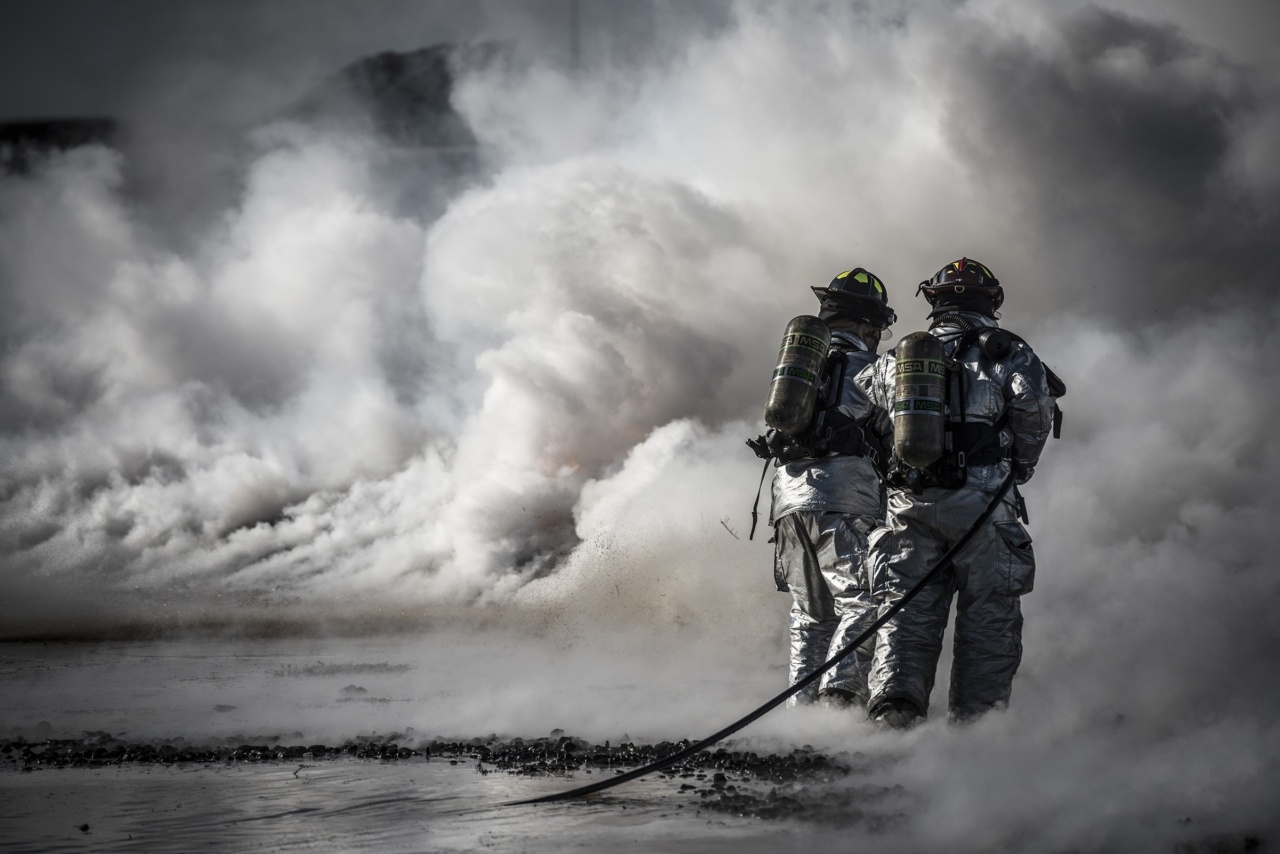Mammography is a type of medical imaging that uses low-dose X-rays to examine the breasts and detect signs of breast cancer.
It is an essential diagnostic tool for any woman over the age of 40, as early detection can lead to more effective treatment and higher survival rates.
The American Cancer Society recommends that women between the ages of 45 and 54 get a mammogram every year, and women 55 and older should get one every two years, although women at higher risk for breast cancer may need to start screening earlier and/or have more frequent screenings.
The Kalfopouleio Breast Cancer Screening Program
In an effort to improve breast cancer screening rates and detection in the community, the Kalfopouleio Foundation offers complimentary mammogram services to eligible women.
The Kalfopouleio Breast Cancer Screening Program is a collaboration between the foundation and local medical clinics and hospitals, and is made possible through donations and grants from individuals and organizations throughout the region.
Who Qualifies for Complimentary Mammography Services
The Kalfopouleio Breast Cancer Screening Program is available to women who meet certain eligibility criteria. In general, women over the age of 40 who have not had a mammogram in the past year are eligible for the program.
However, the program also accepts women of any age who have breast cancer symptoms or a family history of breast cancer, regardless of prior mammogram status.
To participate in the program, women must provide proof of income and/or insurance status.
Women with limited income or without health insurance are prioritized for the program, but women with insurance may still participate if their insurance does not cover mammography services.
What to Expect During a Mammogram
A mammogram is a quick and relatively painless exam that typically takes less than 30 minutes. During the exam, a technician will position your breast on a flat plate and compress it with a second plate to obtain images of the breast tissue.
The plates may be adjusted several times to capture images from different angles. The compression may cause some discomfort, but it should not be painful. If you experience significant pain, be sure to tell the technician.
Preparing for a Mammogram
Before you go for your mammogram appointment, there are a few things you can do to prepare:.
- Wear a two-piece outfit that is easy to remove from the waist up. You will need to undress from the waist up for the exam.
- Avoid using any creams, lotions, deodorants, or powders on your breasts or underarms on the day of the exam. These products can interfere with the mammogram images.
- Bring any previous mammogram images with you if you have them.
Getting Your Mammogram Results
After your mammogram, a radiologist will review the images and issue a report. Most women receive their results within a few days to a week after the exam.
If there are any concerns or abnormalities, the radiologist may recommend additional imaging or a biopsy to further investigate.
Why Free Mammography Services are Important
Mammography services can be expensive, and not all women have access to adequate health insurance or the financial means to pay for regular screenings.
The Kalfopouleio Breast Cancer Screening Program helps to ensure that all women, regardless of their income or insurance status, have access to this lifesaving diagnostic tool. By offering complimentary mammography services, the program has helped to increase breast cancer screening rates and early detection in the community.
Conclusion
The Kalfopouleio Breast Cancer Screening Program is a vital resource for eligible women in the community. Mammography is an important part of breast cancer screening and early detection, which can improve treatment outcomes and save lives.
Women who meet the eligibility criteria should take advantage of this valuable program to ensure they are receiving the necessary screenings for their breast health.





















